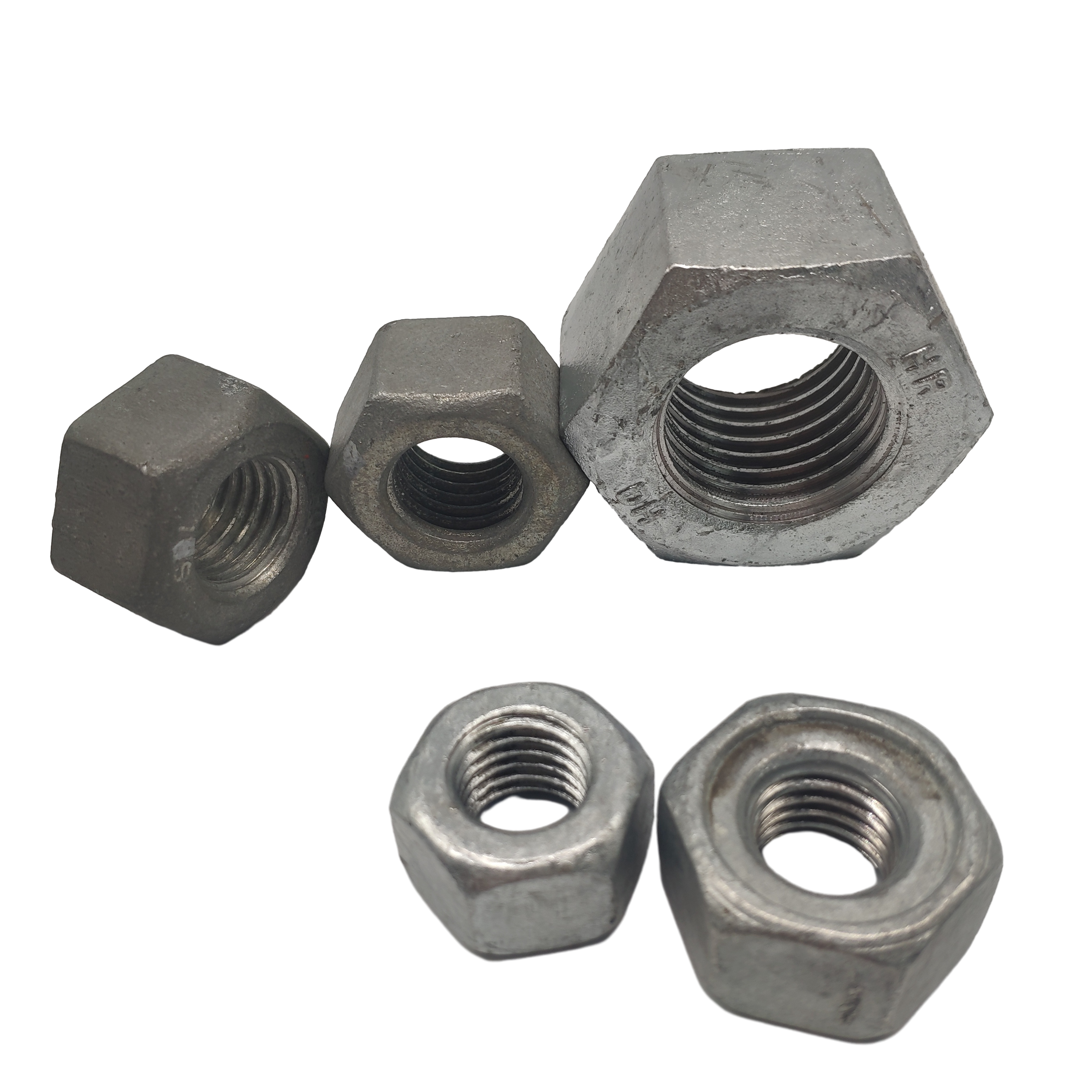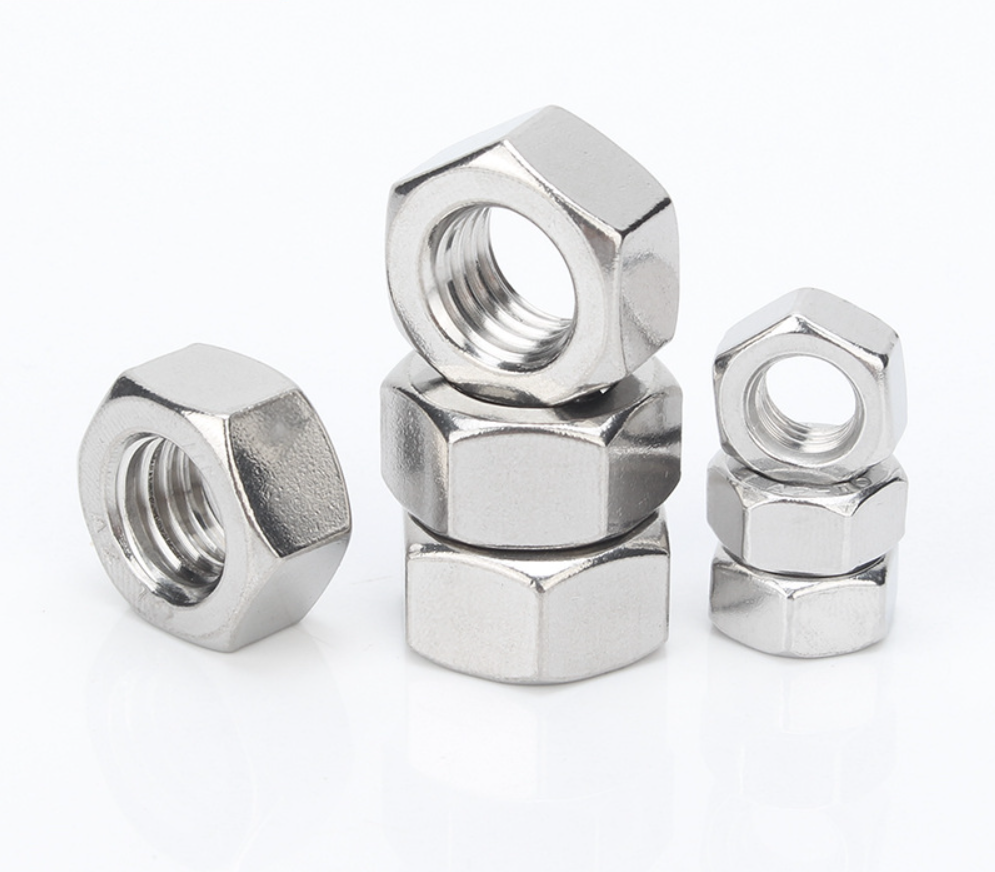Understanding the Fundamental Role of Fastener Systems
In the world of mechanical engineering and construction, the combination of hex nuts and bolts forms one of the most crucial fastening systems ever developed. These simple yet ingenious components work together to create connections that can withstand immense forces while remaining completely reversible. The hex nut, with its distinctive six-sided shape, plays an essential role in this partnership by providing the necessary clamping force that makes the entire system work.
When properly matched with corresponding bolts, hex nuts create joints that can support everything from simple household furniture to massive industrial machinery. The engineering principles behind these fasteners have remained largely unchanged for centuries, proving their enduring value in both traditional and modern applications.
The Anatomy of Hex Nuts and Their Design Features
External Structure and Material Composition
The external geometry of hex nuts features six equal sides, carefully engineered to provide optimal grip for tools while maintaining material strength. This hexagonal shape allows for efficient torque application using standard wrenches and sockets, making installation and removal straightforward. Modern hex nuts are manufactured from various materials, including steel, stainless steel, brass, and nylon, each chosen to match specific application requirements.
The material selection process considers factors such as environmental exposure, load requirements, and chemical compatibility. High-grade steel hex nuts often undergo additional treatments like zinc plating or hot-dip galvanizing to enhance corrosion resistance while maintaining their structural integrity.
Internal Threading Specifications
The internal threads of hex nuts are precision-engineered to match standard bolt thread patterns. These threads follow strict dimensional standards, ensuring compatibility across manufacturers and applications. The thread pitch, depth, and angle are carefully controlled during manufacturing to provide optimal engagement with the matching bolt threads.
Different thread patterns serve specific purposes, from fine threads for precision applications to coarse threads for general use. The thread specification directly influences the nut's ability to resist vibration loosening and maintain proper clamp load over time.
Mechanical Principles Behind Joint Formation
Creating Proper Preload
The effectiveness of a bolted joint depends heavily on achieving the correct preload through proper torquing of the hex nut. When a hex nut is tightened onto a bolt, it creates tension in the bolt while generating compression in the joined materials. This preload is crucial for maintaining joint integrity under dynamic loads.
Engineers calculate specific torque values based on factors such as bolt diameter, thread pitch, and material properties. Proper preload prevents joint separation and helps distribute loads evenly across the fastened components.
Load Distribution Mechanics
The way hex nuts distribute loads throughout a joint is a marvel of engineering. As the nut is tightened, it creates a clamping force that spreads across the joint interface. This force pattern helps prevent movement between joined parts while allowing the assembly to handle both static and dynamic loads effectively.
Understanding load distribution is crucial for proper joint design, as it influences factors such as spacing between fasteners and required nut grades for specific applications. The hex shape itself contributes to better load distribution compared to other nut geometries.
Installation Best Practices and Techniques
Proper Tightening Methods
Achieving optimal joint performance begins with proper installation techniques. When installing hex nuts, using calibrated torque tools ensures consistent and accurate tightening. The tightening sequence is equally important, especially in applications with multiple fasteners, where a specific pattern must be followed to ensure even load distribution.
Professional installers often employ techniques such as incremental torquing and torque-angle methods to achieve precise preload values. These approaches help prevent common issues like galling and thread damage while ensuring maximum joint reliability.
Surface Preparation and Lubrication
The condition of mating surfaces and thread lubrication significantly impacts joint performance. Clean, debris-free surfaces are essential for proper seating of hex nuts and even load distribution. When specified, appropriate lubricants should be applied to reduce friction and achieve accurate torque readings.
Different applications may require specific surface treatments or lubricants based on factors such as operating temperature, environmental exposure, and load conditions. Proper preparation helps prevent common issues like corrosion and seizure while extending joint service life.

Common Applications and Industry Standards
Industrial and Construction Uses
Hex nuts find extensive use across various industrial sectors, from heavy machinery assembly to structural steel construction. In these applications, they must meet strict industry standards for material properties, dimensional accuracy, and performance characteristics. Different grades of hex nuts are specified based on strength requirements and operating conditions.
The construction industry relies heavily on hex nuts for creating structural connections that must withstand decades of use under varying loads and environmental conditions. These applications often require specific certification and testing to ensure compliance with building codes and safety standards.
Automotive and Manufacturing Applications
In automotive manufacturing, hex nuts are crucial components in everything from engine assembly to chassis construction. The demanding nature of these applications requires careful selection of nut grades and materials to ensure reliable performance under dynamic loads and extreme temperatures.
Manufacturing equipment itself depends on properly specified and installed hex nuts to maintain alignment and stability during operation. The selection of appropriate hex nuts involves considering factors such as vibration resistance, thermal cycling, and maintenance accessibility.
Frequently Asked Questions
What determines the strength grade of a hex nut?
The strength grade of a hex nut is determined by its material composition, heat treatment process, and manufacturing standards. Grade markings on hex nuts indicate their strength properties and correspond to specific industry standards for mechanical properties and performance capabilities.
How can I prevent hex nuts from loosening under vibration?
Several methods can prevent vibration loosening, including using lock washers, nylon insert nuts, or thread-locking compounds. Proper initial torquing and regular maintenance checks also help maintain joint integrity in high-vibration environments.
When should I replace hex nuts in an assembly?
Hex nuts should be replaced if they show signs of wear, corrosion, or thread damage. Additionally, many industries require replacement of critical fasteners after a certain number of assembly cycles or when the assembly has been exposed to severe operating conditions.

